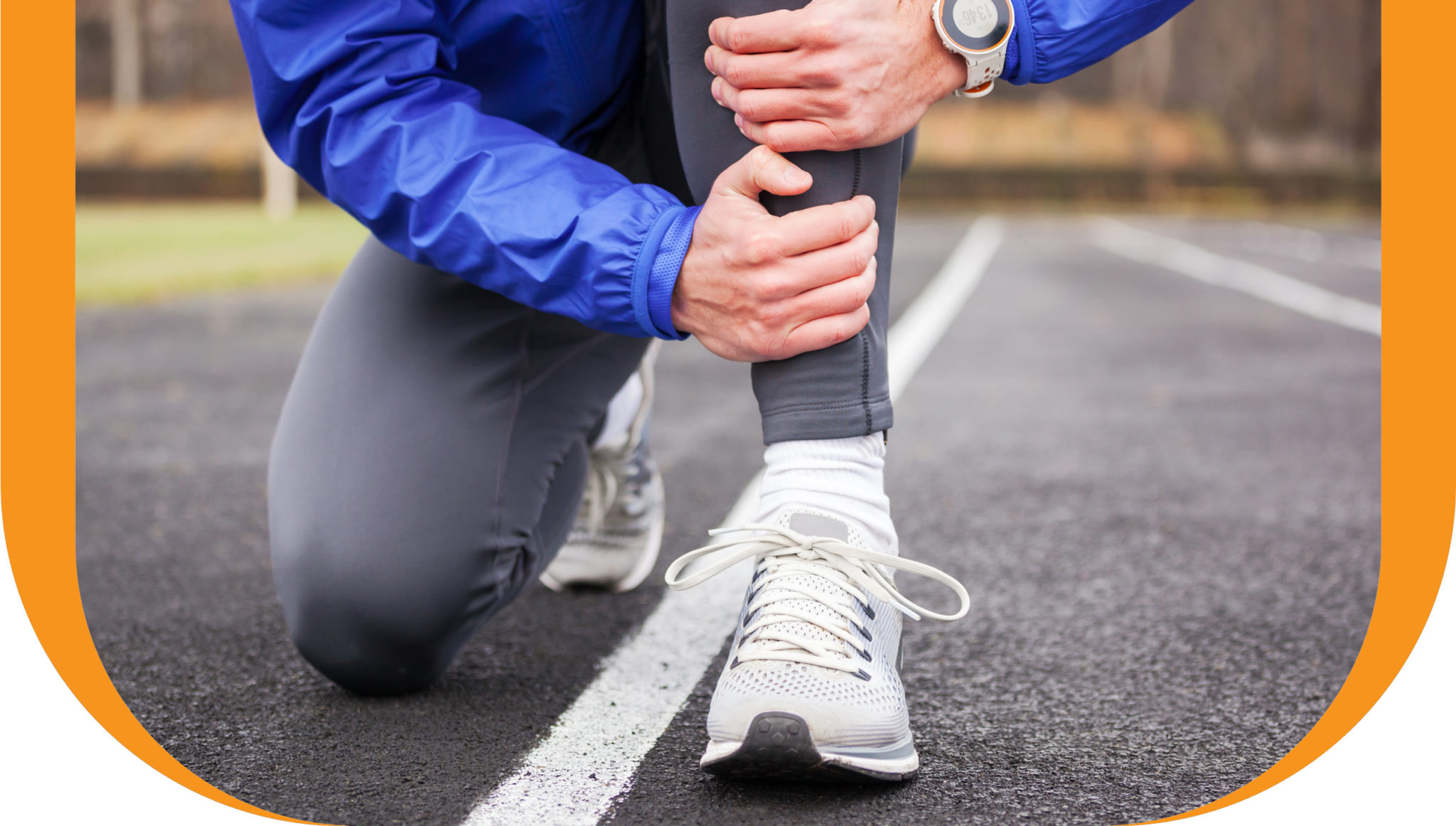
What Causes Shin Splints?
Shin splints usually occur due to overuse and high impact activities. For that reason, they are common among runners, dancers, soccer players, basketball players, and tennis players.
They often affect athletes who are changing or intensifying their training routines, and the new level of intensity overstresses the muscles, tendons, and bone tissue.
Here are a few more examples of factors that can put you at a higher risk of developing shin splints:
- Biomechanical dysfunctions such as flat feet or high arches.
- Suddenly increasing the intensity, duration, or frequency of exercise.
- Running on hard surfaces, like concrete.
- Running on uneven terrain, like hills
- Wearing worn-out shoes during physical activity
- Not properly stretching before and after working out
Signs and Symptoms of Shin Splints
Shin splints often begin as intermittent soreness or pain along your shinbone with some mild swelling of your lower leg. If it progresses, the pain can become continuous and may even turn into a painful stress fracture (a small crack in the shin bone).
Some of the most common symptoms of shin splints include:
- Pain that appears during exercise
- Tenderness along the shin
- Swelling along the shin
- Painful ankle and big toe
- A feeling of burning or cramping in the shin
How are Shin Splints Treated?
There are a few options for treating shin splints. They mainly focus on taking the stress off the injury and promoting healing. They include:
- Physiotherapy
- Rest
- Ice
- Over-the-counter pain relievers including Advil, Aleve, and Tylenol
Physiotherapy for Shin Splints
At Activa Clinics, our physiotherapists have the knowledge and experience to analyze overuse injuries like shin splints and find the best treatment. That includes:
-
- Exercises and stretches: Can strengthen the affected muscles, improve range of motion, and prevent injuries in the future.
- Gait analysis: They will study your walking/running style to find and solve any issues with the way you move.
- Activity modification: Provide recommendations on ways to minimize the stress on shinbones, such as low impact activities.
- Custom orthotics: Provide proper arch support and cushioning to lessen impacts.
- Aqua therapy: Can help you start exercising again as soon as possible.
How to Prevent Shin Splints
There are a number of simple tricks you can use to reduce your risk of developing shin splints. They range from choosing the right shoes to modifying your routine.
- Wear well-padded and supportive footwear, especially during physical activities
- Focus on more low-impact activities, like cycling and swimming
- Maintain a healthy body weight to lessen impacts on your shins, knees, and hips
- Don’t forget to warm up and stretch properly before activities
- Avoid running on hard and/or uneven surfaces
Book an Appointment
If you think you have a shin splint, you should get it checked out to avoid aggravating the condition or letting it turn into a stress fracture. Getting treatment from a physiotherapist can help get you fully healed as soon as possible and prevent injuries in the future.